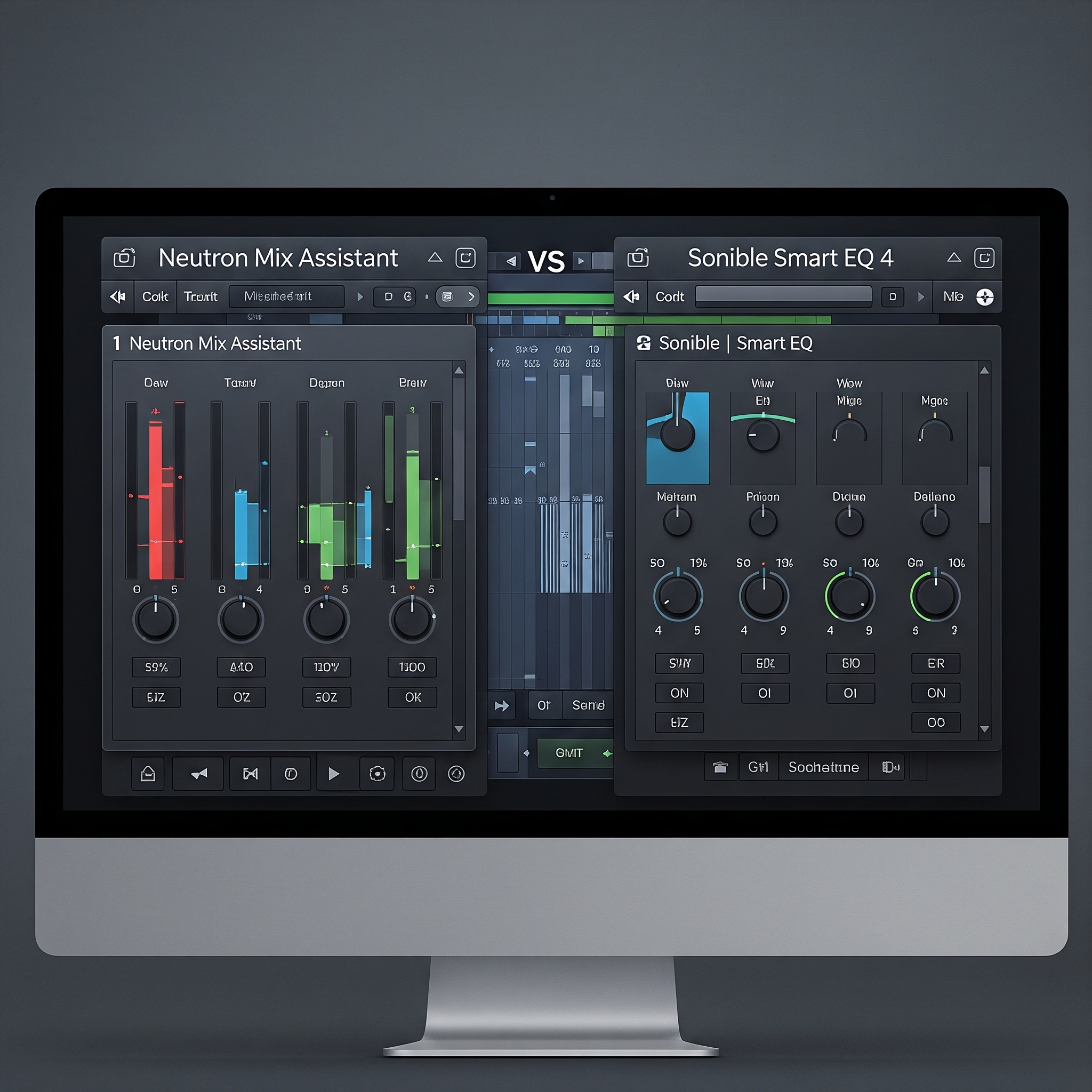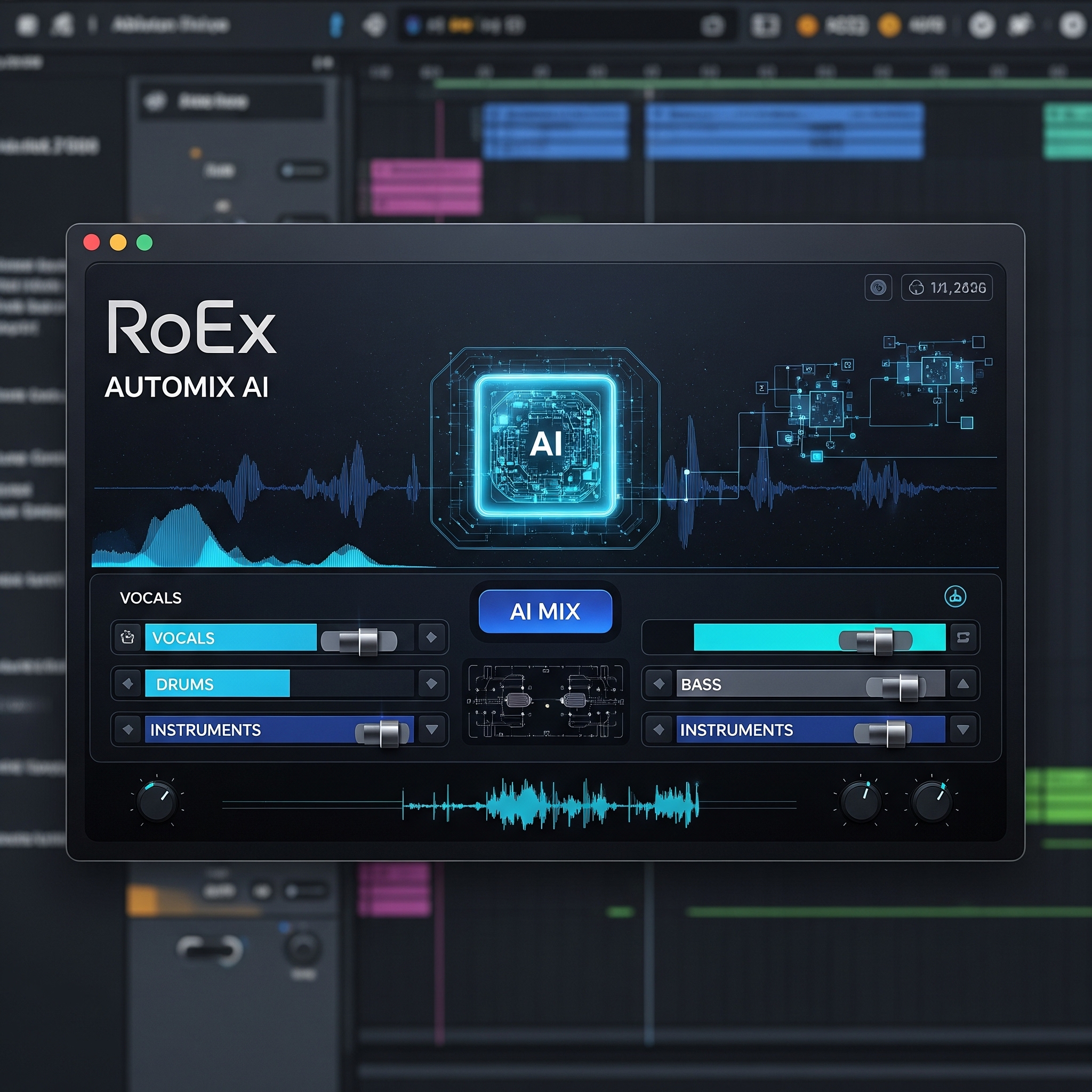As AI continues reshaping the music workflow, these five plugins are getting serious traction from engineers and producers alike. Here’s a candid breakdown of what works, what doesn’t, and who it’s (really) for.
 1. iZotope Neutron 5 (Mix Assistant)
1. iZotope Neutron 5 (Mix Assistant)
Pros
-
The AI-powered Mix Assistant analyzes your multitrack session to auto-balance levels, EQ, compression, stereo placement, and more.
-
Includes powerful modules like Unmasking EQ, Density (upward compression), Phase alignment, and Clipper for advanced fine-tuning.
-
Great for both beginners and seasoned engineers thanks to intuitive workflow and deep adjustability.
Cons
-
Some users report the Assistant tends to overcook saturation or high-end by default—feedback can be harsh unless dialed down manually.
-
CPU usage can be heavy when instantiated across multiple channels.
Best For: Fast rough-in sessions, mix templates, and educational learning tools.
2. LANDR AI Mastering Plugin 
Pros
-
Accessible web- and plugin-based mastering tool that analyzes genre and delivers release-ready masters quickly.
-
Trusted by thousands of independent artists; platform handles normalization, EQ, processing, and loudness standardization.
Cons
-
Limited options for custom tweaking or creative tone tailoring.
-
Reliability depends on source material quality—complex mixes can expose AI limitations.
Best For: DIY artists needing instant mastering without technical overhead.
 3. RoEx Automix AI
3. RoEx Automix AI
Pros
-
Affordable mixing + mastering workflow via web-based stem uploads.
-
Ideal for beatmakers or solo artists who want polished sound without investing in full DAWs.
Cons
-
Minimal control over sonic character—more “one-button” than an engineering tool.
-
Best used as a starting point; often requires manual polish afterward.
Best For: Quick demos or early-stage tracks where polish isn’t priority zero.
4. Sonible smart:EQ 4
Pros
-
Uses spectral AI to sculpt EQ curves based on genre, balance, and reference tracks, reducing masking between instruments.
-
Learns from your mix context and adapts EQ dynamically.
-
Excellent for cleaning up busy arrangements or clarifying tonal balance without guesswork.
Cons
-
Doesn’t address compression or spatial mix elements—EQ only.
-
May lack nuance for more creative or colored tonal shaping.
Best For: Engineers dealing with dense mixes or mask-heavy sessions.
5. Neural DSP Mantra (Vocal AI Channel) 
Pros
-
All-in-one vocal tool offering pitch correction, harmonization, sculpting EQ, saturation, compression, and FX.
-
Features “Sculpt” module: AI-driven EQ/dynamics shaping based on genre presets.
-
Over 200 style presets and real-time vocal feedback make vocal polishing intuitive.
Cons
-
Module order is fixed—limits flexibility in vocal chains.
-
Some vocal corrections are only available in mono, which may confuse stereo workflows.
-
Designed more for performance than full mix automation contexts.
Best For: Solo engineers and producers needing powerful vocal processing in one interface.
🧭 Summary Comparison
| Plugin | Function | Strengths | Limitations |
|---|---|---|---|
| Neutron 5 | Mixing Assistant | Full-channel processing, versatile | Resource-heavy, can overcook |
| smart:EQ 4 | AI-EQ | Precision clarity & unmasking | EQ only |
| RoEx Automix | Auto mix/master tool | Fastest path from stems to polished | Minimal creative control |
| LANDR Mastering | AI Mastering | Quick mastering for distribution | Less custom character |
| Neural DSP Mantra | Vocal channel strip | Comprehensive vocal chain + FX | Some inflexibility in workflow |
🎧 Final Verdict
AI tools in 2025 aren’t about replacing engineers—they’re about automating the routine, so pros can focus on tone, emotion, and nuance. Use Neutron or smart:EQ to fast-track mixing stages. Reach for Mantra when vocals are the focal point. Need instant mastering? LANDR has you covered. For barebones demos, RoEx is a viable shortcut—just don’t expect it to replace your signature sound.
In the end, the best engineers use AI as a partner—not autopilot.
